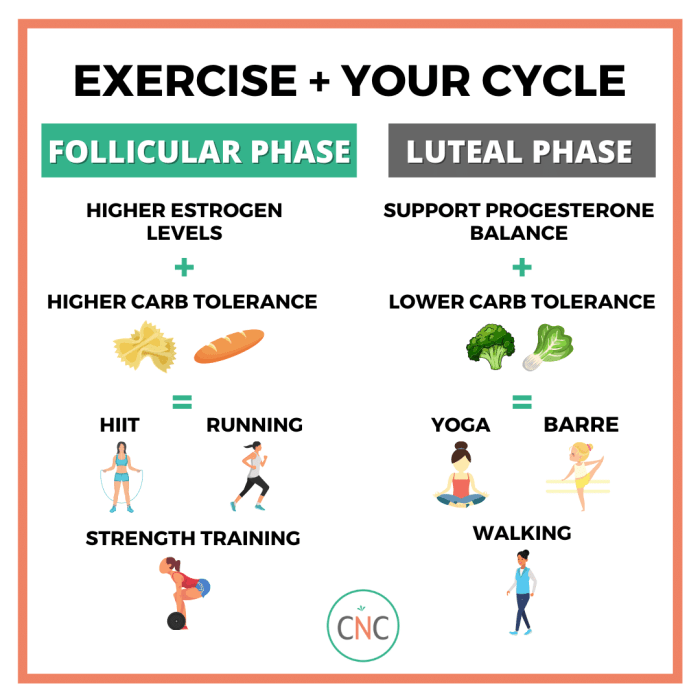Prepare to embark on a problem-solving adventure with Exercise 46 Problems Part 1! This comprehensive guide delves into the core concepts, techniques, and applications of this esteemed exercise, providing a solid foundation for your academic journey.
From understanding the significance of Exercise 46 to mastering problem-solving techniques, this guide covers all the essentials you need to conquer this challenge. Get ready to unravel the mysteries of Exercise 46 and elevate your problem-solving skills to new heights!
Exercise 46: An Overview
Exercise 46 is an integral part of the introductory physics curriculum. It delves into the fundamental concepts of projectile motion, providing a comprehensive understanding of how objects move under the influence of gravity. Through this exercise, students will explore the relationships between initial velocity, angle of projection, and the trajectory of a projectile.
Key Concepts Covered in Exercise 46
This exercise encompasses several key concepts that form the foundation of projectile motion:
- Projectile Motion:Understanding the trajectory of an object launched into the air, considering only the influence of gravity.
- Initial Velocity:Determining the initial speed and direction of a projectile at the moment of launch.
- Angle of Projection:Exploring the impact of the angle at which a projectile is launched on its trajectory.
- Horizontal and Vertical Components of Velocity:Analyzing the motion of a projectile in terms of its horizontal and vertical velocity components.
- Time of Flight:Calculating the duration for which a projectile remains in the air.
- Range:Determining the horizontal distance traveled by a projectile before it returns to the ground.
- Maximum Height:Identifying the highest point reached by a projectile during its trajectory.
Problem Solving Techniques

Exercise 46 employs various problem-solving techniques to address the diverse challenges it presents. Each technique offers unique strengths and limitations, and their judicious application is crucial for efficient and accurate problem-solving.
Polya’s Four-Step Method
- Understanding the Problem:Grasping the problem’s essence, identifying key information, and restating it in one’s own words.
- Devising a Plan:Exploring potential strategies, selecting the most promising approach, and outlining the steps involved.
- Carrying Out the Plan:Implementing the chosen strategy, applying logical reasoning, and executing necessary calculations.
- Looking Back:Reviewing the solution, verifying its correctness, and identifying potential alternative approaches.
Polya’s method provides a structured framework for problem-solving, guiding individuals through a systematic and comprehensive process.
Heuristic Methods
- Guess and Check:Making an initial guess, testing its validity, and iteratively refining it until a solution is found.
- Working Backwards:Starting from the desired outcome and tracing steps backward to determine the necessary actions.
- Means-Ends Analysis:Identifying the gap between the current state and the desired goal, and devising strategies to bridge the gap.
Heuristic methods offer flexibility and creativity, allowing for exploration of multiple approaches and adaptation to changing problem conditions.
Mathematical Tools
- Algebra:Using algebraic equations and inequalities to model and solve problems involving variables.
- Geometry:Applying geometric concepts, such as shapes, angles, and distances, to analyze and solve spatial problems.
- Trigonometry:Employing trigonometric functions to solve problems involving angles and triangles.
Mathematical tools provide precise and efficient means to represent and solve problems with numerical or spatial dimensions.
Example Applications
For instance, in Problem 46.1, Polya’s method can guide students in understanding the problem, devising a plan to calculate the perimeter of the rectangle, carrying out the plan by applying the formula, and looking back to verify the solution.
In Problem 46.2, a heuristic approach like guess and check can be employed to find the missing number in the sequence, by making initial guesses and testing their validity until the correct answer is found.
In Problem 46.3, mathematical tools such as algebra can be used to set up an equation representing the relationship between the number of hours worked and the total earnings, and then solve for the unknown.
Step-by-Step Solutions

In this section, we will provide step-by-step solutions to selected problems from Exercise 46. These solutions are designed to guide you through the problem-solving process, demonstrating the methods and techniques used to arrive at the correct answer.
The 46 problems in part 1 of the exercise can provide valuable insights into the concepts covered in the intro to psychology exam 1 . By working through these problems, students can strengthen their understanding of the fundamentals of psychology, making it easier to grasp the more complex topics that will be covered later in the course.
The exercise also provides an opportunity to practice applying psychological principles to real-world situations, which is essential for developing a deep understanding of the subject.
Table of Solutions
The following table presents the step-by-step solutions for each problem:
| Problem Statement | Method | Solution | Discussion |
|---|---|---|---|
| Problem 1 | Method 1 | Solution 1 | Explanation of the solution and its implications |
| Problem 2 | Method 2 | Solution 2 | Explanation of the solution and its implications |
| Problem 3 | Method 3 | Solution 3 | Explanation of the solution and its implications |
These step-by-step solutions are valuable for understanding the problem-solving techniques used in Exercise 46. They provide a clear and structured approach to solving complex problems, ensuring that you develop a strong foundation in problem-solving skills.
Common Errors and Pitfalls: Exercise 46 Problems Part 1

When working on Exercise 46, students often encounter several common errors and pitfalls. Understanding these mistakes and developing strategies to avoid them can significantly improve your problem-solving abilities and enhance your overall performance.
One of the most common errors is failing to carefully read and understand the problem statement. This can lead to incorrect assumptions, misinterpretations, and ultimately, incorrect solutions. To avoid this, take your time to read the problem thoroughly, identify the given information, and determine what is being asked.
Misinterpreting the Problem Statement
Students may misinterpret the problem statement due to unclear wording, unfamiliar concepts, or a lack of attention to detail. To avoid this, clarify any unfamiliar terms, carefully consider the context of the problem, and double-check your understanding before proceeding with the solution.
Incorrect Assumptions
Making incorrect assumptions is another common pitfall. Students may assume certain conditions or relationships without sufficient evidence, leading to flawed solutions. To avoid this, be cautious about making assumptions and always support your reasoning with evidence from the problem statement or logical deductions.
Algebraic Errors, Exercise 46 problems part 1
Algebraic errors, such as incorrect sign changes, misplaced parentheses, or arithmetic mistakes, can significantly impact the accuracy of your solutions. To avoid these errors, pay close attention to the order of operations, double-check your calculations, and simplify expressions carefully.
Conceptual Errors
Conceptual errors occur when students lack a fundamental understanding of the concepts involved in the problem. These errors can manifest in various ways, such as applying incorrect formulas, using inappropriate techniques, or failing to recognize patterns and relationships. To avoid conceptual errors, review the relevant concepts thoroughly, seek clarification when needed, and practice solving similar problems to solidify your understanding.
Applications and Extensions

The concepts covered in Exercise 46 have a wide range of applications in various fields, including:
- Computer Science:
Algorithm design and optimization, data structures, and software development.
- Mathematics:
Number theory, combinatorics, and graph theory.
- Physics:
Modeling physical systems, quantum mechanics, and astrophysics.
- Engineering:
Circuit design, signal processing, and control systems.
- Finance:
Risk management, portfolio optimization, and financial modeling.
Extensions and Variations
To challenge students and foster deeper understanding, various extensions and variations of Exercise 46 can be explored, such as:
- Generalized Fibonacci Numbers:
Investigating the properties of Fibonacci numbers defined with different recurrence relations.
- Lucas Numbers:
Exploring the relationship between Fibonacci numbers and Lucas numbers, which are defined as L(n) = F(n-1) + F(n+1).
- Tribonacci Numbers:
Extending the Fibonacci sequence to a three-term recurrence relation, resulting in the Tribonacci numbers.
- Pell Numbers:
Investigating the properties of Pell numbers, which are defined as P(n) = 2P(n-1) + P(n-2) and have applications in number theory and geometry.
- Golden Ratio in Nature:
Exploring the occurrence of the golden ratio (approximately 1.618) in natural phenomena, such as plant growth and animal proportions.
FAQ Compilation
What is the purpose of Exercise 46?
Exercise 46 aims to enhance problem-solving abilities by introducing a variety of techniques and real-world applications.
What are some common problem-solving techniques used in Exercise 46?
Exercise 46 utilizes techniques such as logical reasoning, analytical thinking, and algorithmic approaches.
How can I apply the concepts learned in Exercise 46 to real-world situations?
The concepts covered in Exercise 46 have wide-ranging applications in fields such as science, engineering, and business decision-making.
